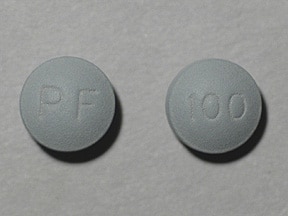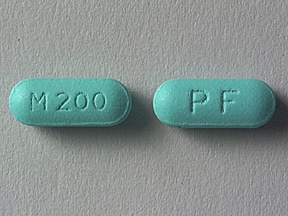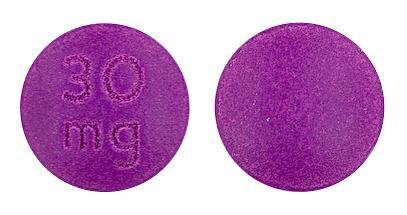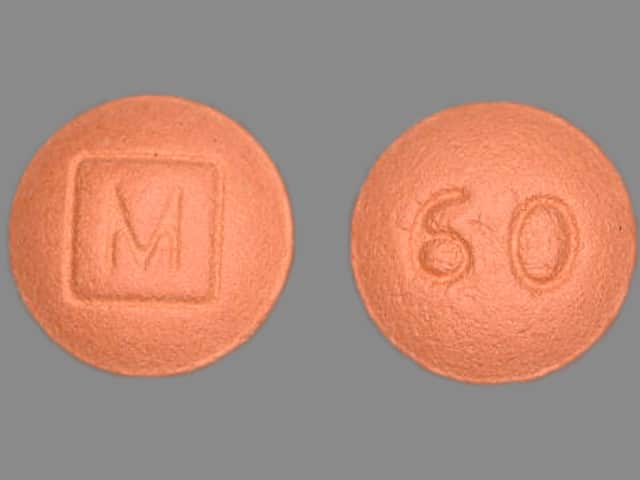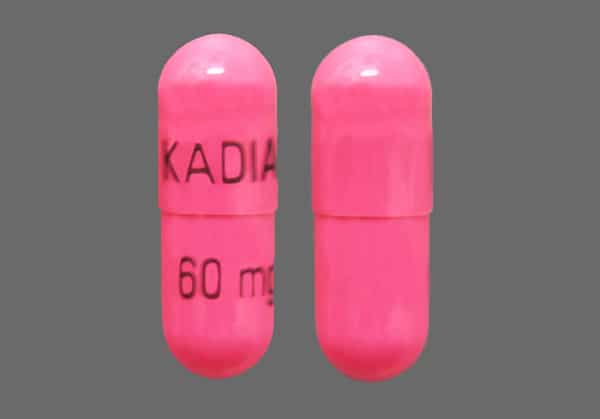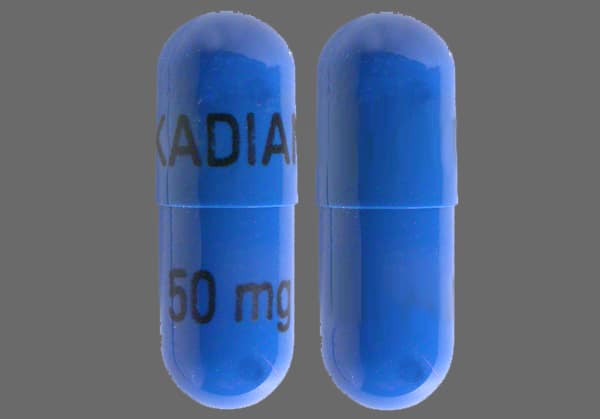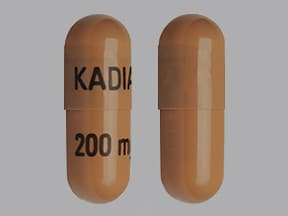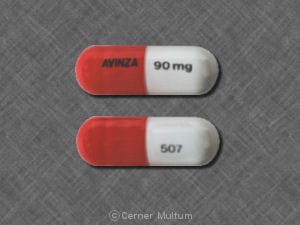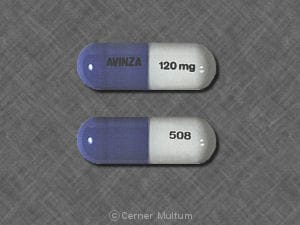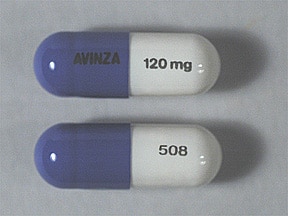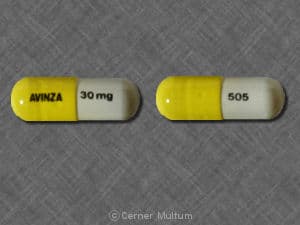Morphine is an opioid analgesic (pain medicine) used to treat chronic pain. It is available in both generic and brand name versions, which include MS Contin, Kadian, and Avinza. Each formulation of the drug has a different shape, color, and marking.
MS Contin is one of the most widely prescribed forms of morphine. A 30 mg MS Contin tablet is purple, round, and has “M 30” imprinted on one side. On the other side of the tablet, the letters “PF” are imprinted.
What Does Morphine Look Like?
Morphine pills are available in capsule, tablet, extended-release, and immediate-release forms.
Morphine Extended-Release Tablets
According to the Food and Drug Administration (FDA), the extended-release (ER) tablets are available in 15 mg, 30 mg, 60 mg, 100 mg, and 200 mg. MS Contin and Oramorph are the brand name manufacturers of morphine ER tablets.
MS Contin tablets:
- 15 mg: blue, round, “M 15, PF” imprinted
- 30 mg: purple, round, “M 30, PF” imprinted
- 60 mg: orange, round, “M 60, PF” imprinted
- 100 mg: gray, round, “100, PF” imprinted
- 200 mg: blue, oval, “M 200, PF” imprinted
Oramorph SR (sustained-release) tablets:
- 15 mg: white, round, “54 782, 15” imprinted
- 30 mg: white, round, “54 409, 30” imprinted
- 60 mg: white, round, “54 933, 60” imprinted
- 100 mg: white, round, “54 862, 100” imprinted
Morphine Extended-Release Capsules
Morphine extended-release capsules are available in a variety of strengths and brand names, including Kadian and Avinza. The extended-release capsules have an outer shell that holds the medication. The medication is designed to be broken down and released slowly, over the course of 24 hours.
Kadian ER capsules have “Kadian” and the drug’s strength imprinted on the capsule. The color of each strength is as follows:
- 20 mg: yellow
- 30 mg: light purple
- 50 mg: blue
- 60 mg: pink
- 100 mg: teal
Avinza pills have either the drug manufacturer’s logo or “Avinza” imprinted on one end and the strength on the other end. The colors of each capsule are as follows:
- 30 mg: yellow/white
- 60 mg: green/white
- 90 mg: red/white
- 120 mg: purple/white
Morphine Immediate-Release Tablets
Morphine sulfate immediate-release tablets are available in generic form and in 15 mg or 30 mg strengths.
Both strengths are white, circular shaped pills with a score (imprinted line) down the center of one side. On the other side, “54 733” is imprinted on the 15 mg tablets and “54 262” is imprinted on the 30 mg tablets.
Why Is Morphine Identification Important?
The Drug Enforcement Administration (DEA) classifies morphine as a schedule II controlled substance with a high risk of abuse. Knowing how to distinguish different kinds of morphine pills is important, whether you take prescription drugs or struggle with substance abuse issues.
In addition, immediate-release and extended-release forms of the drug are processed differently in the body. If you abuse extended-release pills, you may release a high dose of morphine into your system at once.
This can lead to serious side-effects, like respiratory depression, also known as an opioid overdose.
Signs of overdose include:
- breathing problems
- loss of consciousness
- slow heart rate
- low blood pressure
- severe sedation
If you think someone may be overdosing, seek medical care immediately. Some opioids bought illegally may also contain fentanyl, a potent synthetic opioid that can cause life-threatening side-effects.
If you have naloxone (Narcan) on hand, administer it while you wait for help to arrive.
How Does Morphine Work?
Morphine activates opioid receptors in the central nervous system and provides pain relief. Opioids also release dopamine and may produce euphoric effects, which can contribute to continued drug abuse.
Similar to other opioids, like oxycodone, morphine can also produce a variety of unwanted side-effects, like constipation and drowsiness.
Long-term use of morphine can also lead to a physical dependence, which means you may experience mild to severe withdrawal symptoms if you stop. Withdrawal severity depends on the strength of morphine you use, frequency of use, and how long you’ve taken it.
Your healthcare provider or a medical detox can help you safely wean off opioids. If you have struggled with opioid dependence in the past or think you may have an opioid addiction, you may choose to follow detox with a drug rehab program.
Morphine Addiction Treatment
If you think you or a loved one is struggling with morphine addiction, a professional treatment program can help you learn to live without drugs.
At Northeast Addictions Treatment Center, we incorporate a variety of outpatient services with personalized, comprehensive treatment options. To learn more about our programs, please call our helpline today.
Sources
Written by
Northeast Addition Editorial Team
©2024 Northeast Addition Center | All Rights Reserved
This page does not provide medical advice.

